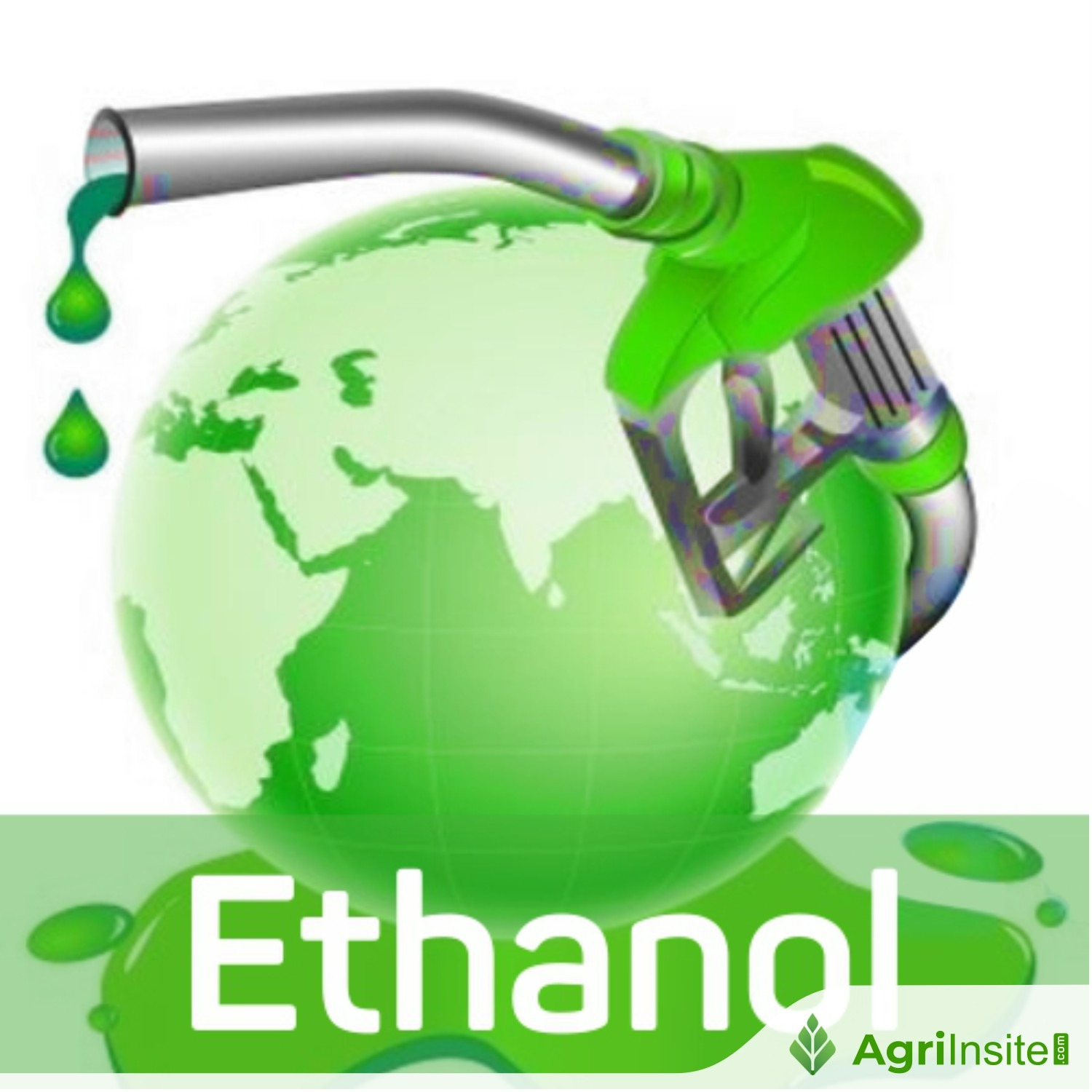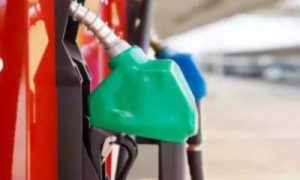Ethanol export picture remains unclear for US

In 2024, U.S. ethanol exports hit a record 1.9 billion gallons, driven by global demand. However, policy uncertainties in Canada, Europe, and Colombia pose risks. Domestic demand remains flat, with limited impact from E15 sales. Canada remains the top buyer, while the EU and India increased imports. Trade disputes and shifting policies could impact future exports.
Coming off a year in which US ethanol exports soared to record levels, the industry is positioned to continue capitalizing on growing global demand for the biofuel, but export market headwinds could be on the horizon, according to a new report from CoBank.
Producers in 2024 shipped more than 1.9 billion gallons to customers abroad, but CoBank cautioned that policy uncertainty at home and abroad continues to cloud the market outlook for US ethanol, which is almost entirely derived from corn.
Biofuel inclusion or blending rate policies in Canada, Europe and Colombia, which are key buyers of US ethanol, likely will determine if the strong pace of exports continues this year, CoBank said. Shifting political sentiment abroad could result in lower ethanol inclusion rates and imports from domestic producers if international buyers roll back low-carbon policies or miss biofuel targets, the report said.
Despite those potential concerns, the export market still offers the most promising opportunity to drive US ethanol demand in 2025, CoBank said, adding that “higher ethanol blend rates for US gasoline and nationwide approval of year-round E15 sales would provide a slight boost to domestic sales, but not enough to substantially increase overall demand.”
“Ethanol used for higher level blends is expected to increase annually in the US, but it constitutes only a small portion of overall ethanol demand due to the market’s size,” said Jacqui Fatka, farm supply and biofuels economist with CoBank. “And without significant investments in infrastructure that enable retailers to change pumps or signage, nationwide E15 sales won’t dramatically move the needle in the near term. Currently, the best opportunity to increase demand in 2025 remains in the export market.”
He noted that higher crude-oil-to-corn-price ratios, paired with low-carbon fuel standards in Canada’s Clean Fuel Regulations and Europe’s Renewable Energy Directives, have created strong demand for US ethanol. The United States and Brazil continue to produce around 75% of global ethanol supply. However, Brazil uses most of its own ethanol domestically and does not compete with the United States for exports.
Canada has been the top destination for US ethanol in both volume and value for the last four years. While Canada has a national blending mandate of 5% ethanol in gasoline, several provinces require higher rates. Ontario’s mandate will rise to 11% in 2025 as it continues toward its goal of reaching E15 by 2030, CoBank said.
But the potential for trade disputes or changes in Canada’s government loom large and could disrupt the flow of US ethanol into Canada. A trade war between the United States, Canada and Mexico was averted on Feb. 3 as the leaders of the three countries reached agreements to pause any actions for 30 days.
The short-term agreements ended the threat that the United States would impose tariffs of 25% on imports from Canada and Mexico on Feb. 4, and that those countries would not retaliate. There’s also a question of who will replace outgoing Prime Minister Justin Trudeau, who after 12 years in office announced in January that he would not seek re-election in 2025.
The report said the European Union saw substantial growth in US ethanol imports last year due to growth of the gasoline pool and expansion of E10 and E85 in some member states. Exports in 2024 were up 280% from September to November compared to the same period in 2023. India also has increased its nonfuel ethanol imports, which increased 84% year over year from September to November in 2024.In the US market, ethanol blend volumes follow gasoline demand, which is projected to be flat in 2025. Increased adoption of electric vehicles has resulted in a slight drop in gasoline demand, but not as much as ethanol producers originally feared. The report noted that domestic ethanol demand has benefited from workers returning to the office and the overall strength in employment, as well as moderate retail gas prices.
To read more about Ethanol Industry & Bio Energy News, continue reading Agriinsite.com
Source : World Grain
















